I defined Master tables (data definition tables, static in nature) to generate content in my web page; and Transaction tables to store data entered by users (these tables are dynamic in nature). Consider following example:
Set of Master tables consisting of State having 1:M relationship with City, City having 1:M relationship with Locality. A Transaction table User to store personal details entered by a user. The User table has address attributes like Address, State, City and Locality. These can be defined as 1:M relationships from corresponding Master Tables (a particular record in State, City, Locality tables can be a part of multiple records in User table).

Is the design correct? I think it's sufficient to define 1:M relationship between Locality and User tables since the other two attributes (City and State) can be obtained from relationships between the Master tables. Would it be better to change the ER design to the following?

Are there alternatives to my requirement?